
What is Tanning of Skin: Causes & Treatment
You can have healthy skin no matter what your complexion is. Many enjoy basking in the sun on a beach holiday to get their perfect sun-kissed skin, but tanning can sometimes be a hassle, especially when done incorrectly. Knowing this, we are constantly wary of exposure to sunlight, particularly in a tropical country, where the UV rays can do more harm than good while getting your sun-kissed glow.
What is tanning?
Tanning is the darkening of skin after sun exposure. This happens when pigment in the skin rises during its natural response to UV exposure. The sun emits UV-A and UV-B rays, which enter the lower layer of the epidermis and stimulate Melanocytes to generate more melanin. That's how you get a tan on face and other exposed body parts.
Effects Of Tanning On The Face
You may have observed that your exposed body areas, such as your face, hands, feet, legs, neck, and back, are often shades darker than your non-exposed body parts.
Skin cells go into protective mode when exposed to sunlight. The melanin pigment acts as a protective layer, preventing additional cell damage from UV exposure. Like a canopy, Melanin protects the cell's nucleus from the sun's harsh rays. Hence, tanning is noticeable on the exposed body parts.
Causes of tanning:
Tanning, whether outdoors or indoors, can be hazardous. Tanning is proof of DNA harm to your skin since it affects skin cells and accelerates apparent indications of ageing.
Let delve into main factors behind sun tanning:
- UVA rays are the greatest damaging factor of skin tan. The rays get deeper into the epidermal layers, causing damage to cells. Melanocytes produce melanin, which is accountable for the browned, darker appearance of the skin.
- UVB rays frequently cause burns to the skin layers. It increases in the summer and drops in the winter because the ozone layer on Earth can filter a large amount of UVB rays.
Effects of tanning on the face:
Frequent tanning sessions can lead to stubborn skin pigmentation, dark patches, and a leathery texture. Tanning may also result in wrinkles and dark spots as visible symptoms.
Tanning harms your skin tissues and accelerates obvious indications of ageing. In addition, tanning can cause skin cancer. Tanning raises your chances of developing squamous cell carcinoma, basal cell carcinoma, and melanoma.
Professional Treatments For Reducing Tan On The Face:
Choosing a sun tan removal procedure may take some time, based on the degree. After sun tanning reduction, it usually takes four to six weeks to recover to your original complexion. However, in some situations, the tan begins to fade quickly after medical care.
Tanning produces a buildup in the dead skin's cellular layers in addition to the formation of pigmented cells. This causes the skin to appear drab, dense, and dry. Furthermore, it can trigger the production of fine lines, dark spots, wrinkles, and skin cancer. Tan skin elimination, on the other hand, is attainable using the tried and tested treatments listed below.
Now, let's talk about some of the professional treatments for tan removal:
-
Chemical Peels
Chemical peels remove the upper layer of dead skin cells. This common tan skin removal procedure aids in developing new skin cells by eliminating the outer tanned skin layers. These de-tanning peels contain varying concentrations of trichloroacetic acid, glycolic acid, salicylic acid, carbolic acid, or lactic acid.
-
Microdermabrasion
Microdermabrasion is a method of removing skin tan that involves physically polishing the outermost layer of the epidermis. Getting rid of the tanned top layer allows for new, youthful-looking skin formation. This process is considered the greatest way to get rid of tanning from your face since it encourages new cell development, reduces scarring, and is painless. It is suitable for any skin type and is painless.
-
Laser Therapy
Laser therapy can erase persistent tans and pigmentation. Light is used in this tan removal procedure to heal and rejuvenate damaged skin cells. Damaged skin is subjected to a minimal red laser, which can penetrate through skin up to three inches. This causes the skin to develop new and youthful skin cells, which improves the skin's appearance. Dermatologists recommend this treatment to treat hyperpigmentation and severe skin tan disorders.
-
Masks
If you want to avoid going for professional treatment, you can easily get your hands on Clay Mask. It has a unique combination of Kaolin & Bentonite Clay that gently exfoliates the skin. Additionally, It has 1% Panthenol, which provides hydration to the skin, and cica extract provides a soothing effect after the exfoliation.
On top of that, It is Dermatologically Tested, Paraben Free, Non-Comedogenic, Fragrance-Free, and Vegan. Using Clay Mask daily will remove tan effortlessly and make your skin beautiful and healthy.
Also read: Effective Skin Tanning Treatments for Different Skin Types
Prevention Tips For Avoiding Tanning:
Looking for information on how to safeguard your skin from sun tan? Let's see how we can save our skin from tanning.
1. Apply sunscreen daily: Using sunscreen has various benefits, including avoiding sun tanning and UV damage. To receive the most protection, use sunblock for a minimum of fifteen to twenty minutes before going outside and reapply every two hours.
2. Put on sunglasses and long-sleeved shirts: When you're out in the sun, wear sunglasses and attempt to wear long-sleeved shirts and trousers. UV rays are damaging to the cornea and retina. To protect your eyes, you must wear sunglasses. On the other hand, full-sleeved shirts and trousers cover the skin the most since clothing provides varying levels of UV protection.
3. Put on a hat and walk in the shade: While sunglasses can shield your under-eye skin, a hat with sunblock will provide the best protection for your face. Hats with a brimmed all around are larger, allowing you to protect yourself from direct sunlight.
Also read: Does Sunscreen Prevent Tanning Effectively?
Conclusion:
Sun tan is becoming more of an issue all around the world. Global warming damages the ozone layer, and ultraviolet rays easily pass through it. However, achieving beautiful, healthy skin is relatively easy. Your undesired tan and discolouration can all be eliminated, revealing your even, bright skin beneath.
FAQs:
1. Is forehead tan permanent?
Forehead tanning is a temporary concern due to prolonged sun exposure. But applying sunscreen and a dark spot serum before you hit the road on a bright and sunny day will help keep tanning away.
2. How long can a forehead tan last?
Natural forehead tan can last for around 7 to 10 days. Using a reliable dark spot serum is the best solution for faster forehead tan removal.
3. Is sunscreen useful for removing tan?
While sunscreen cannot remove tan, wearing it will ensure you don’t get tanned in the first place. Apart from your face, you should apply sunscreen on other body parts that would be exposed to the sun to prevent uneven skin tone.
4. Is hyperpigmentation the same as tanning?
Hyperpigmentation refers to any type of skin darkening. Therefore, tanning is a type of hyperpigmentation.
5. Why do I have a tan only on my forehead?
You probably got a forehead tan because you skipped applying sunscreen on that part of your face. Moreover, forehead tan occurs when you wear accessories like sunglasses or a mask. They end up covering your whole face, except for the forehead, which gets tanned.

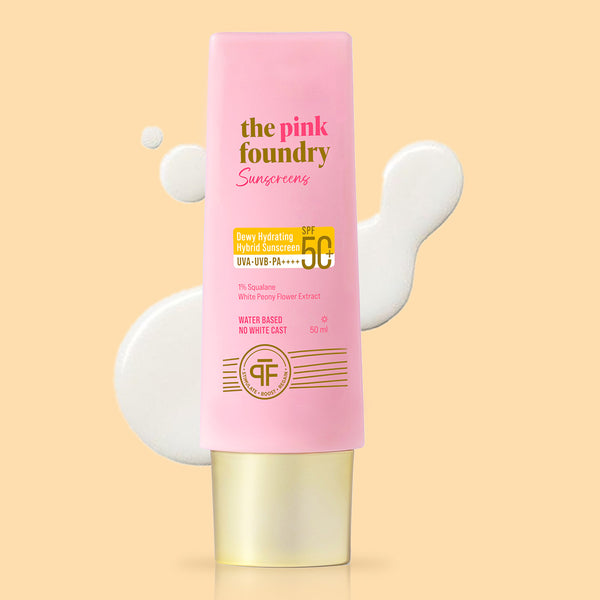
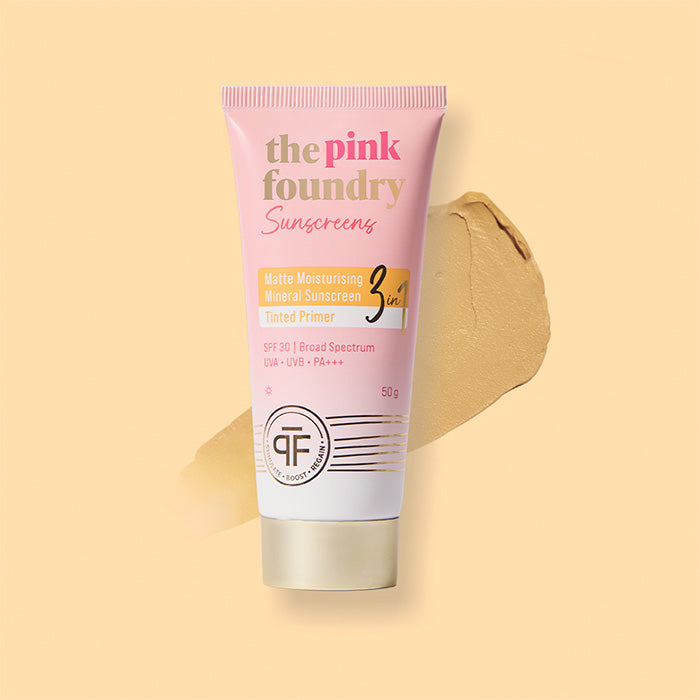



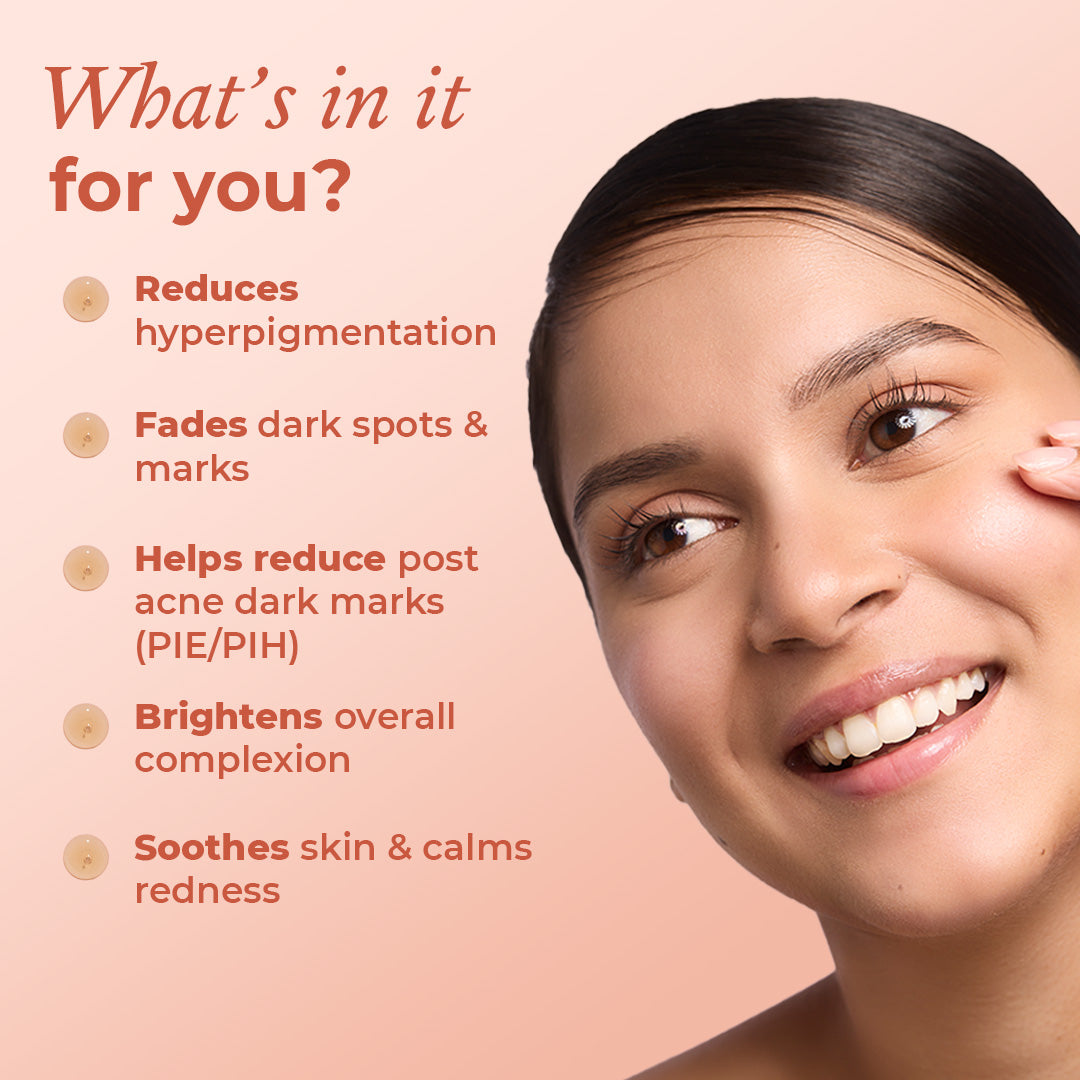

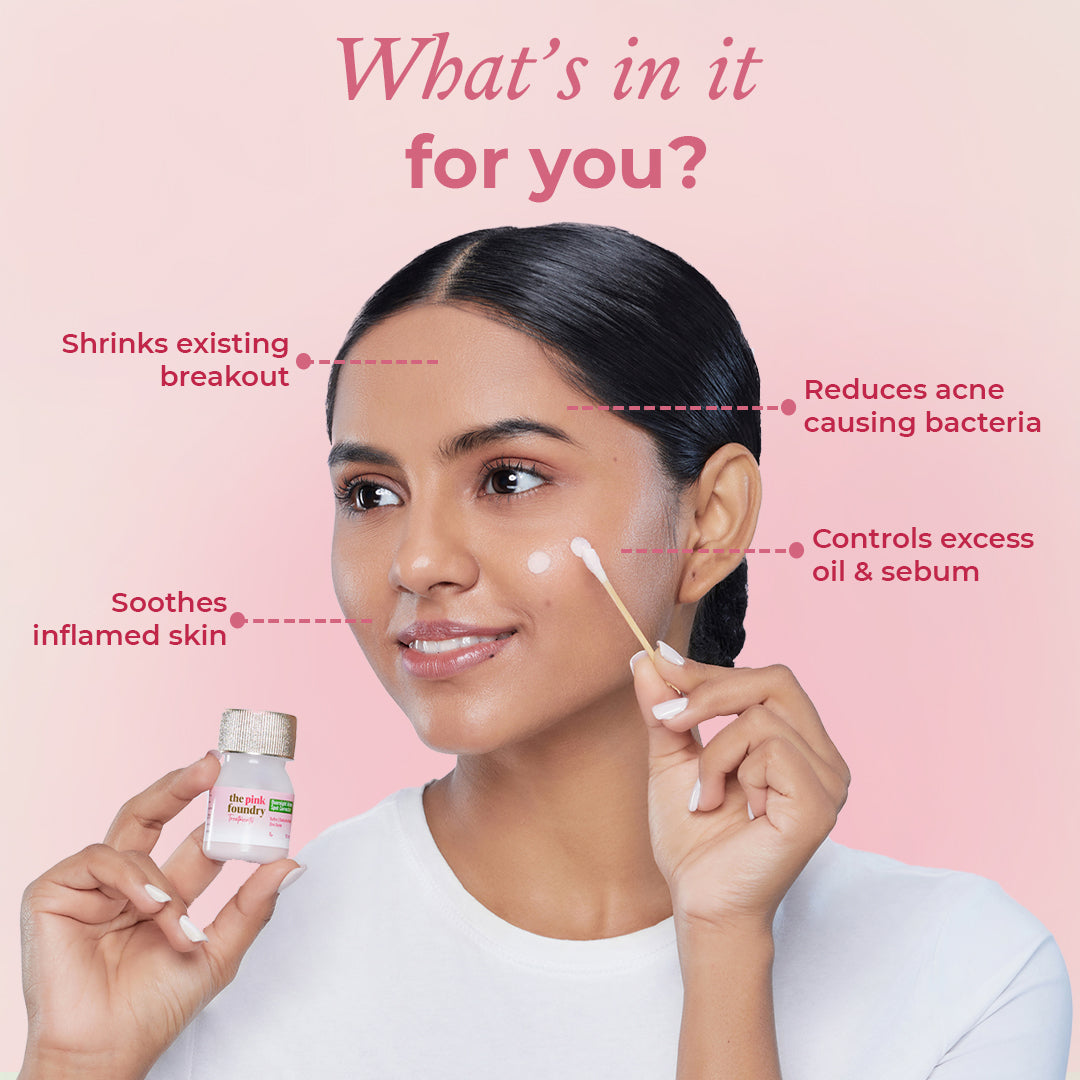
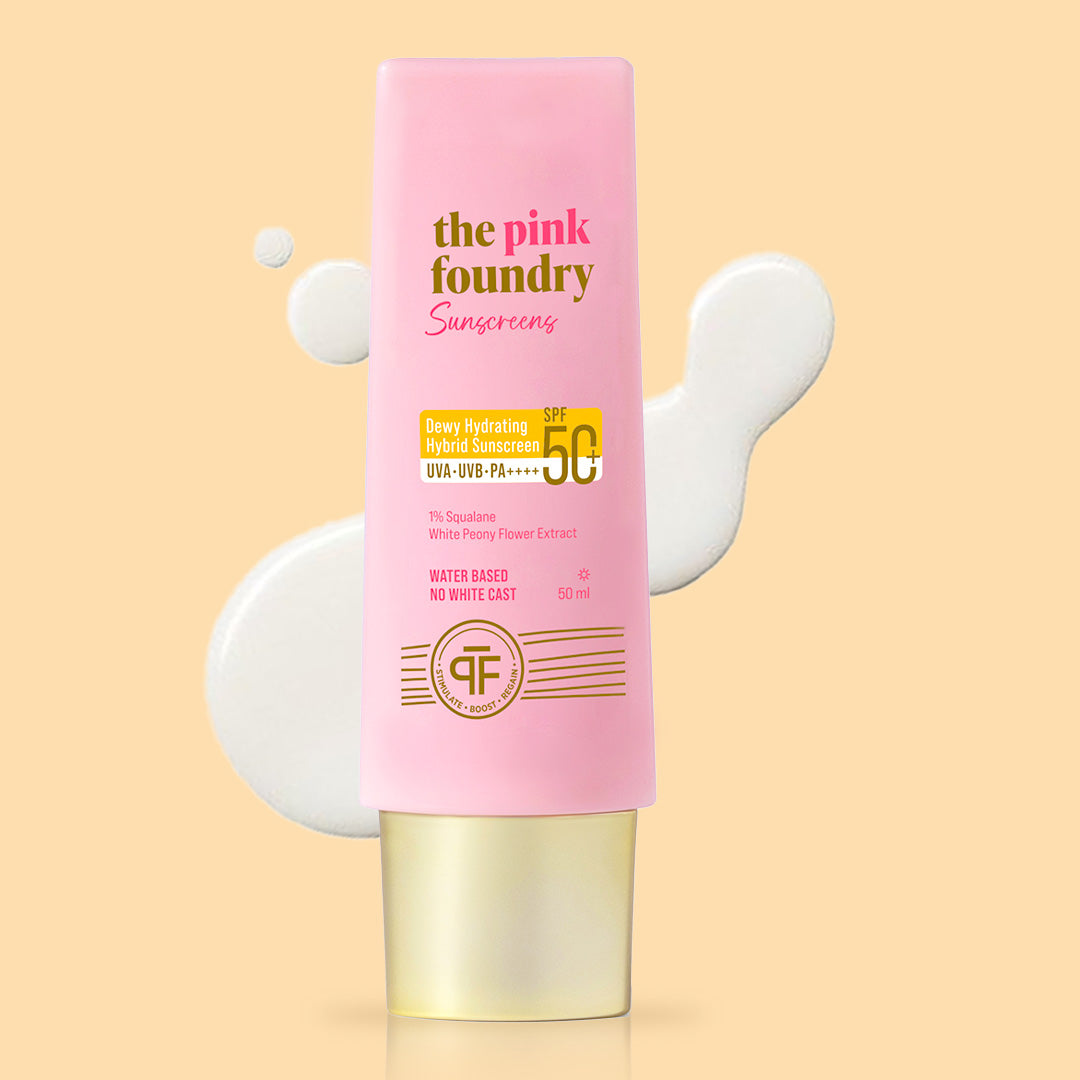
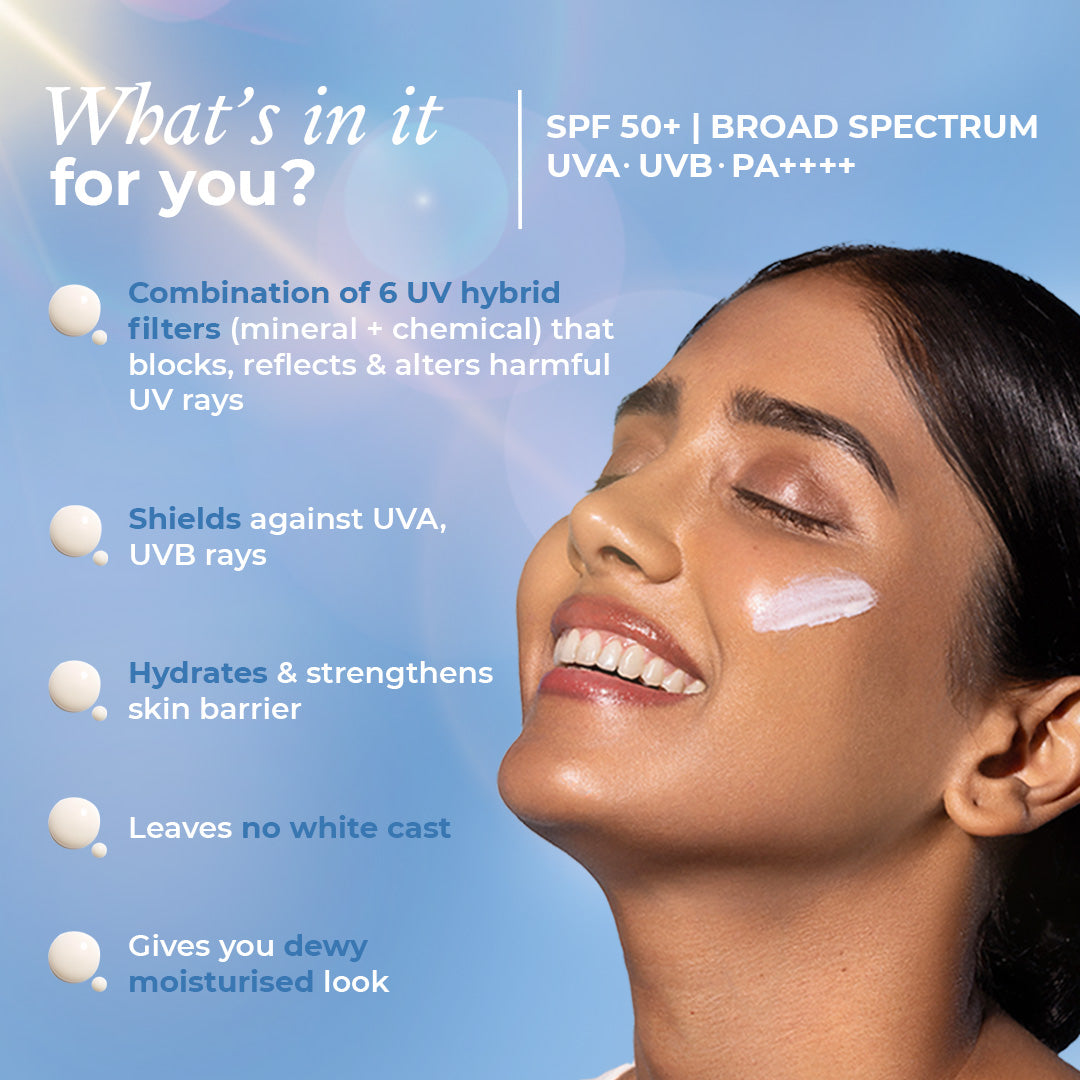
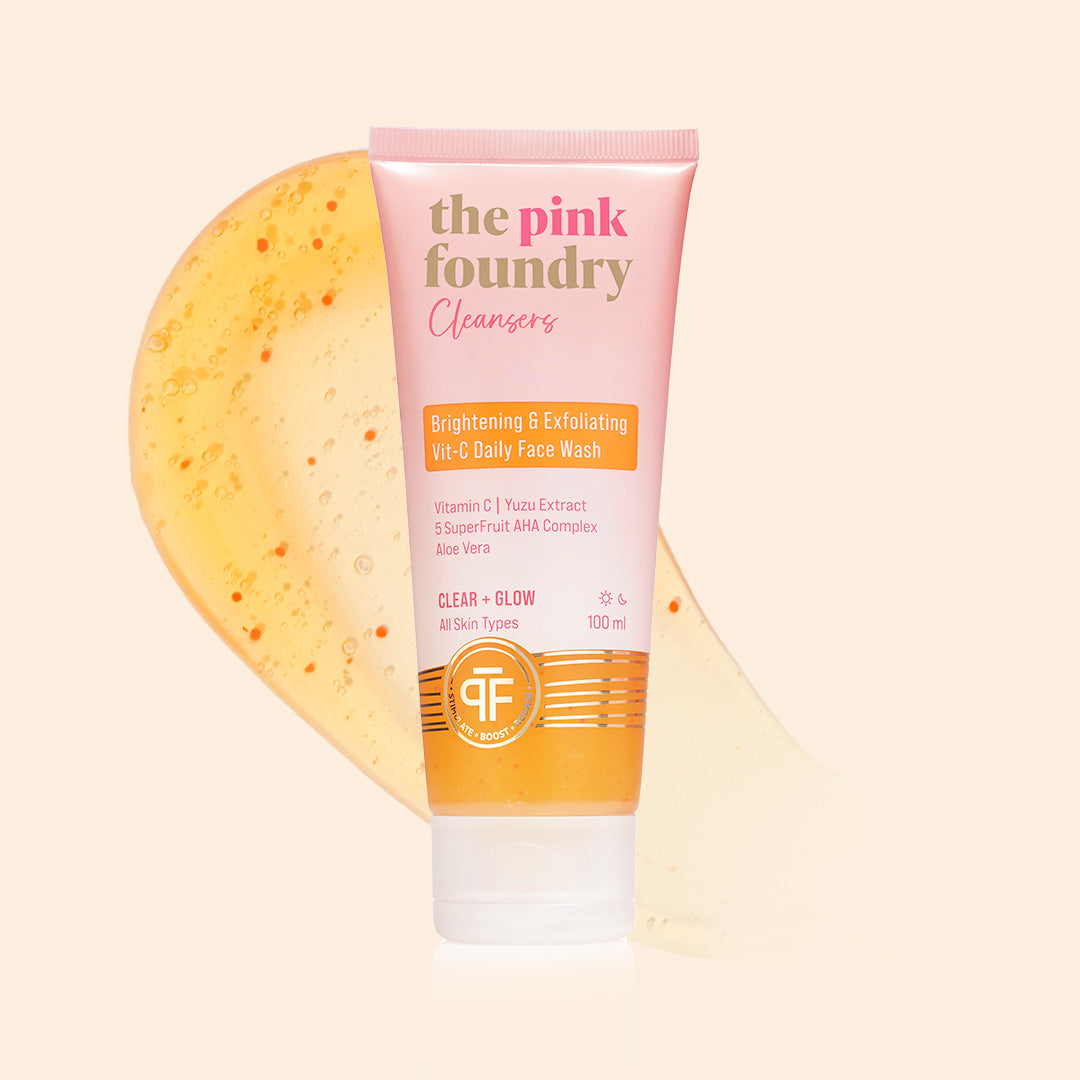
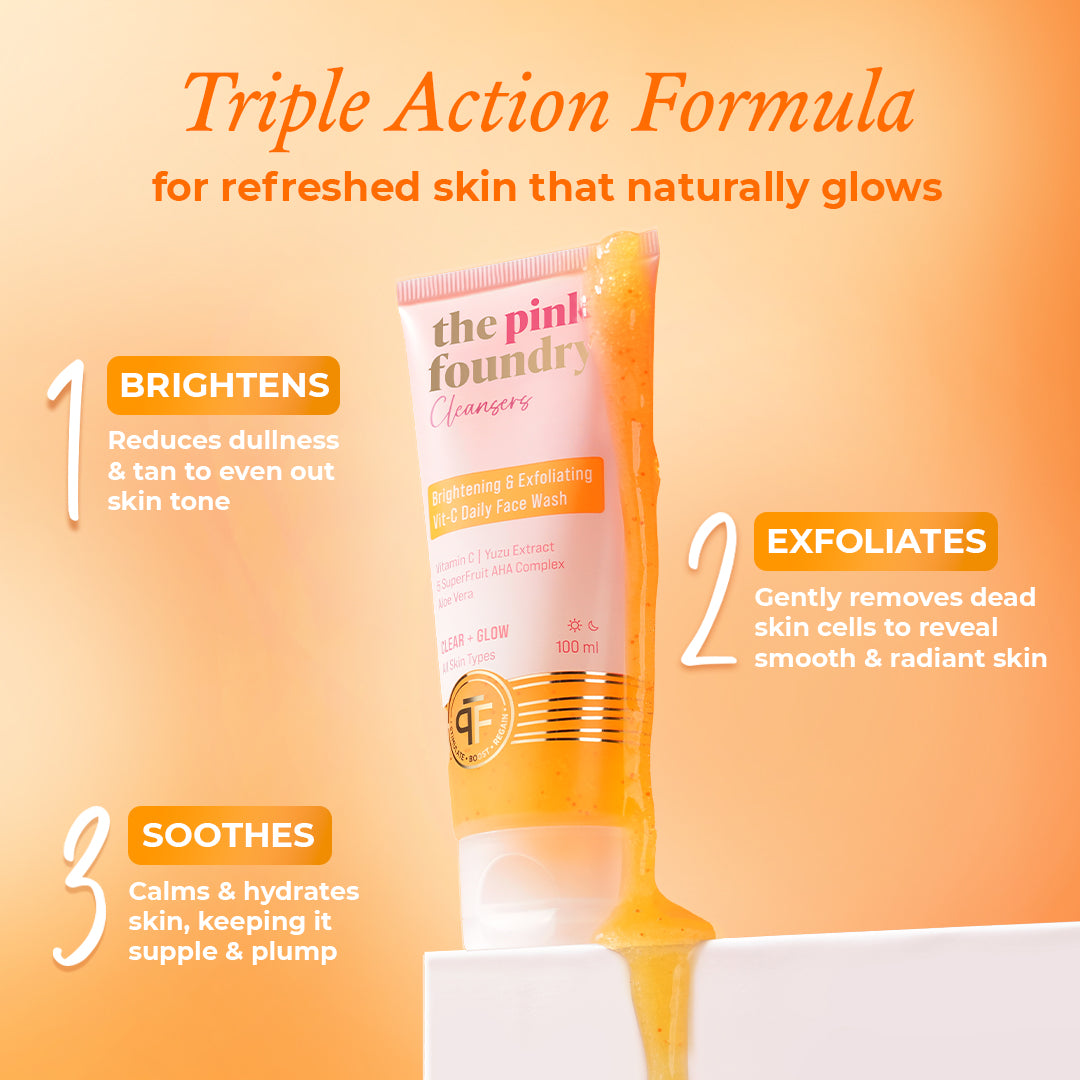
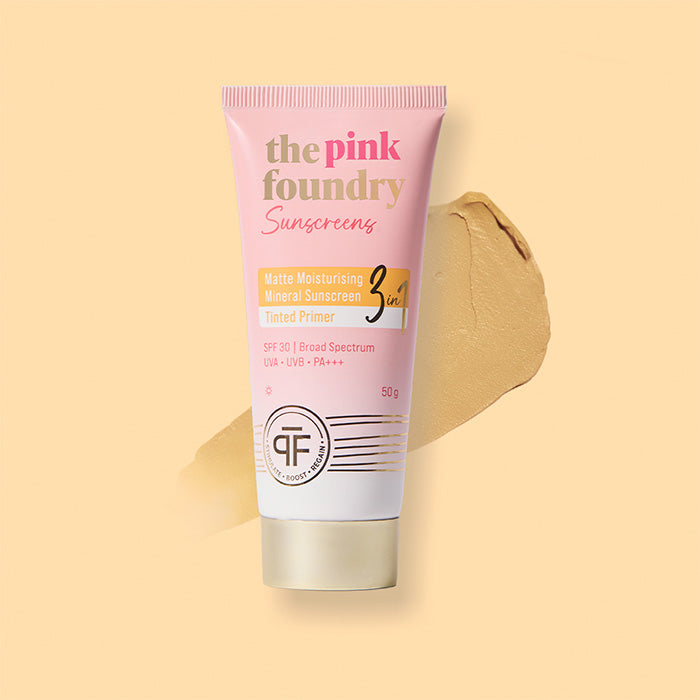
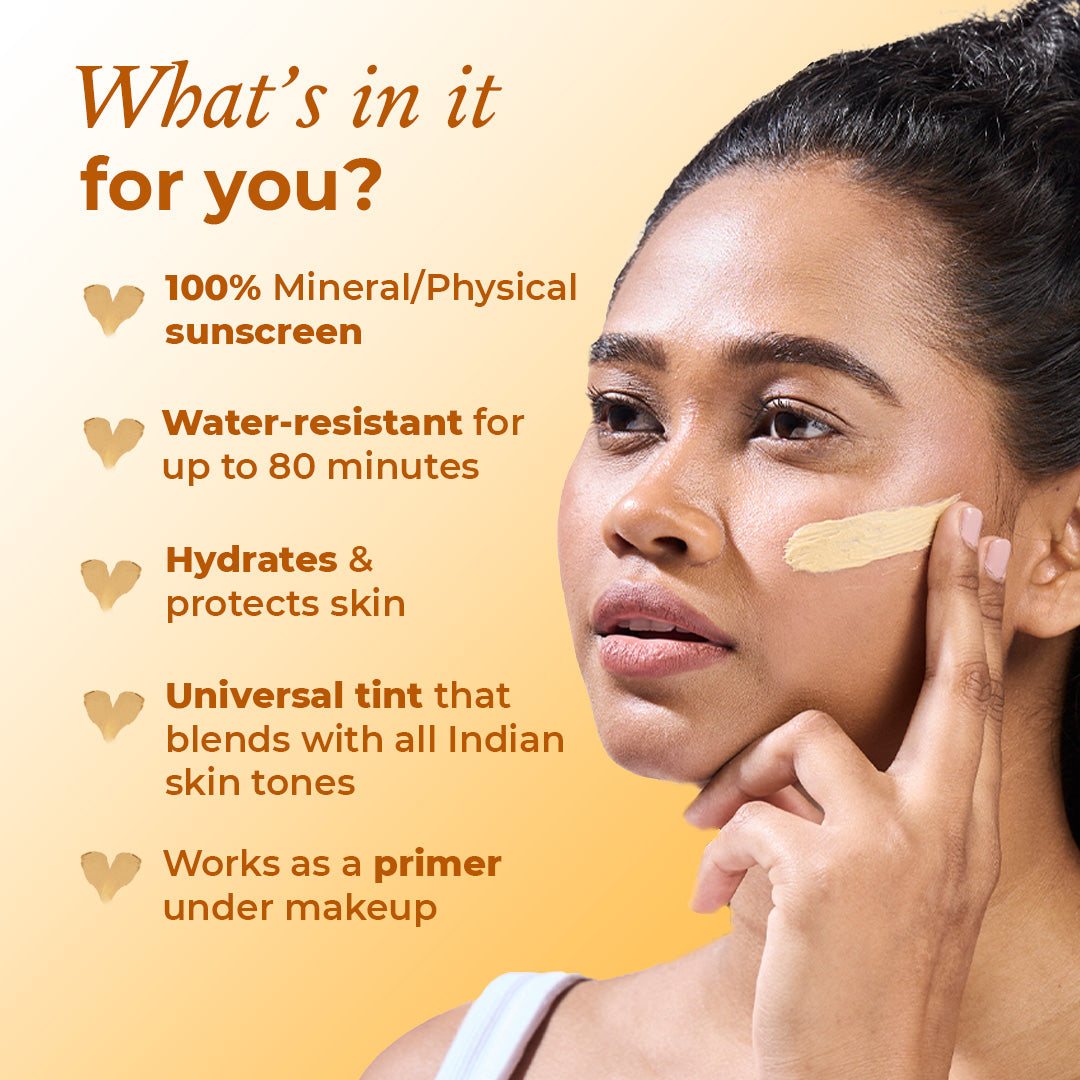
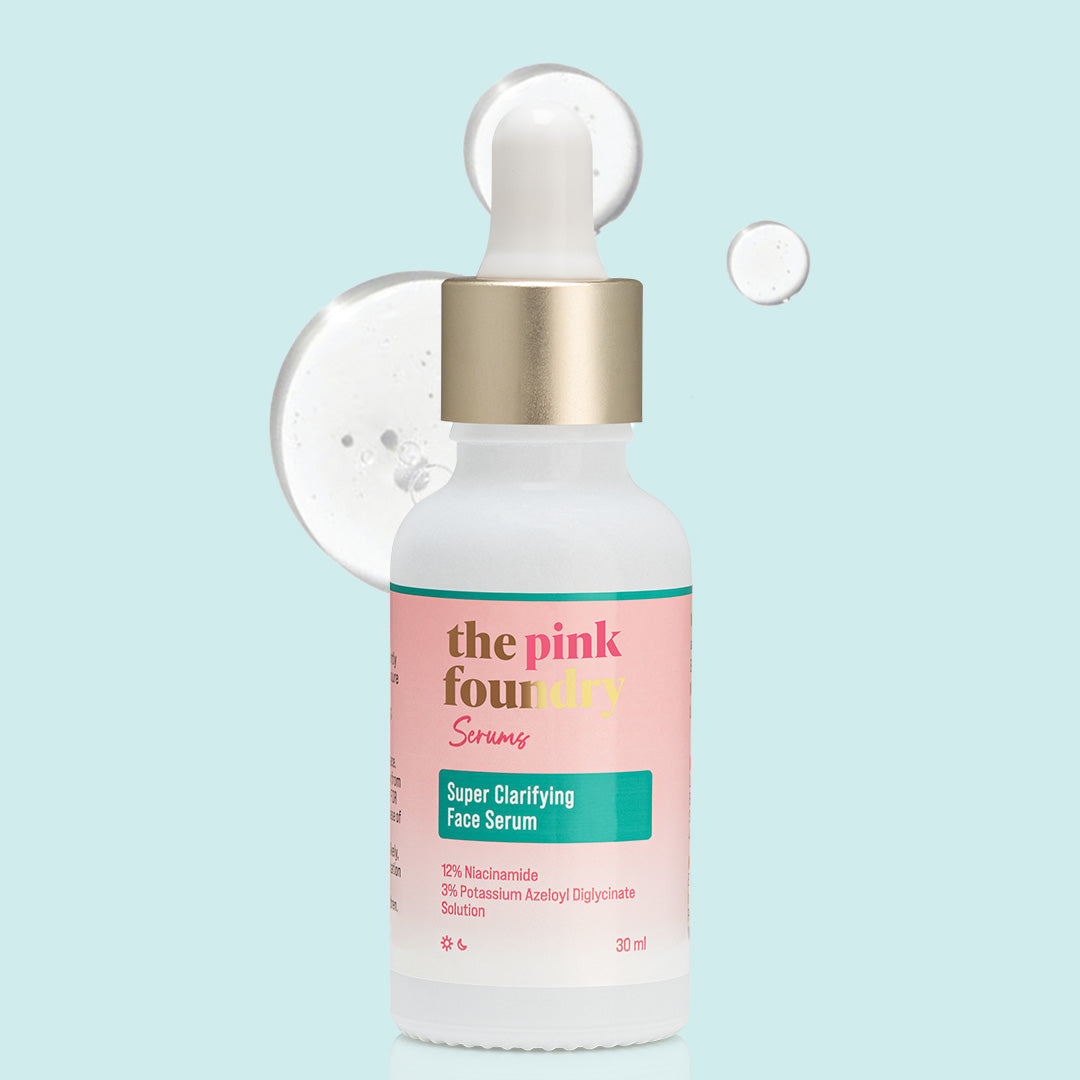
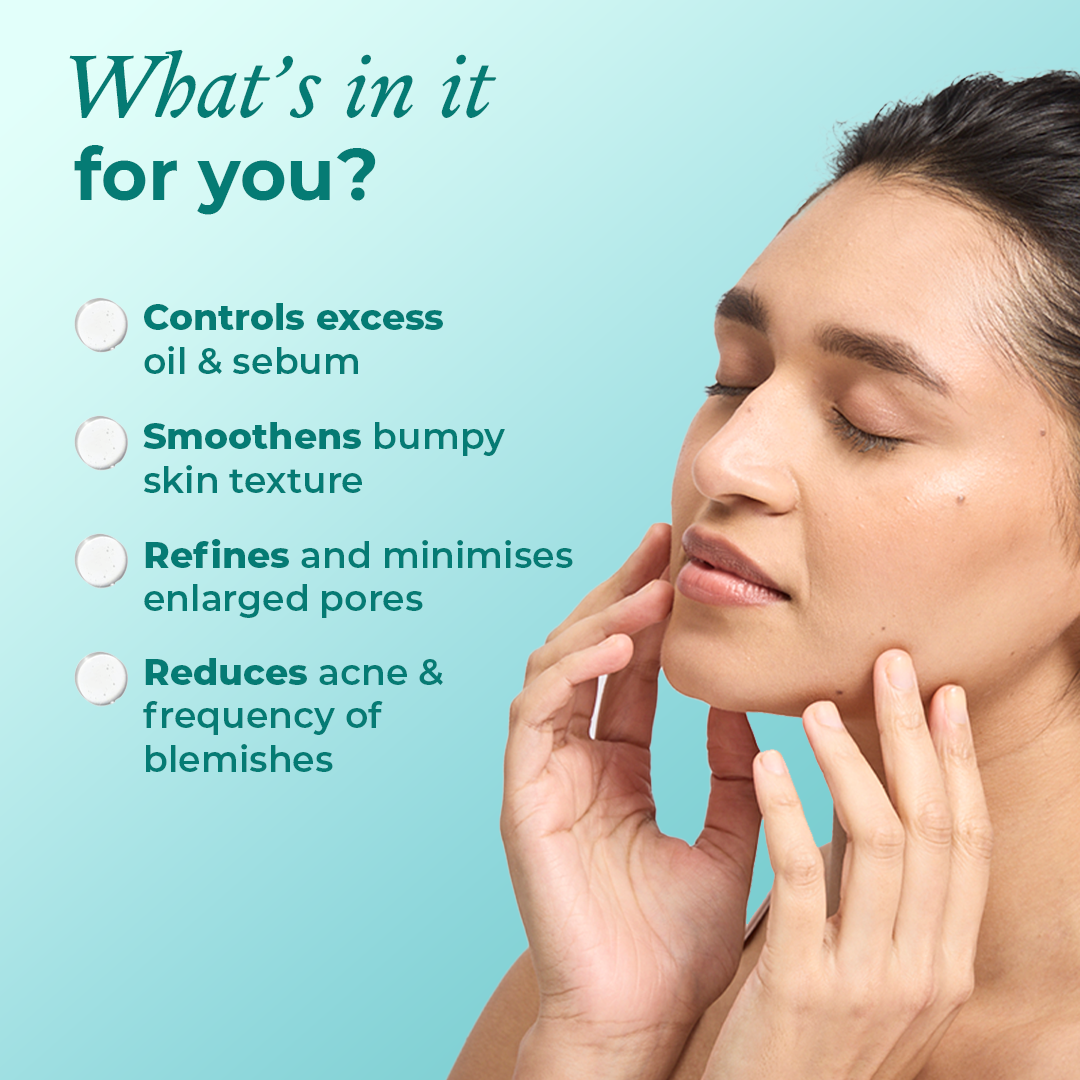

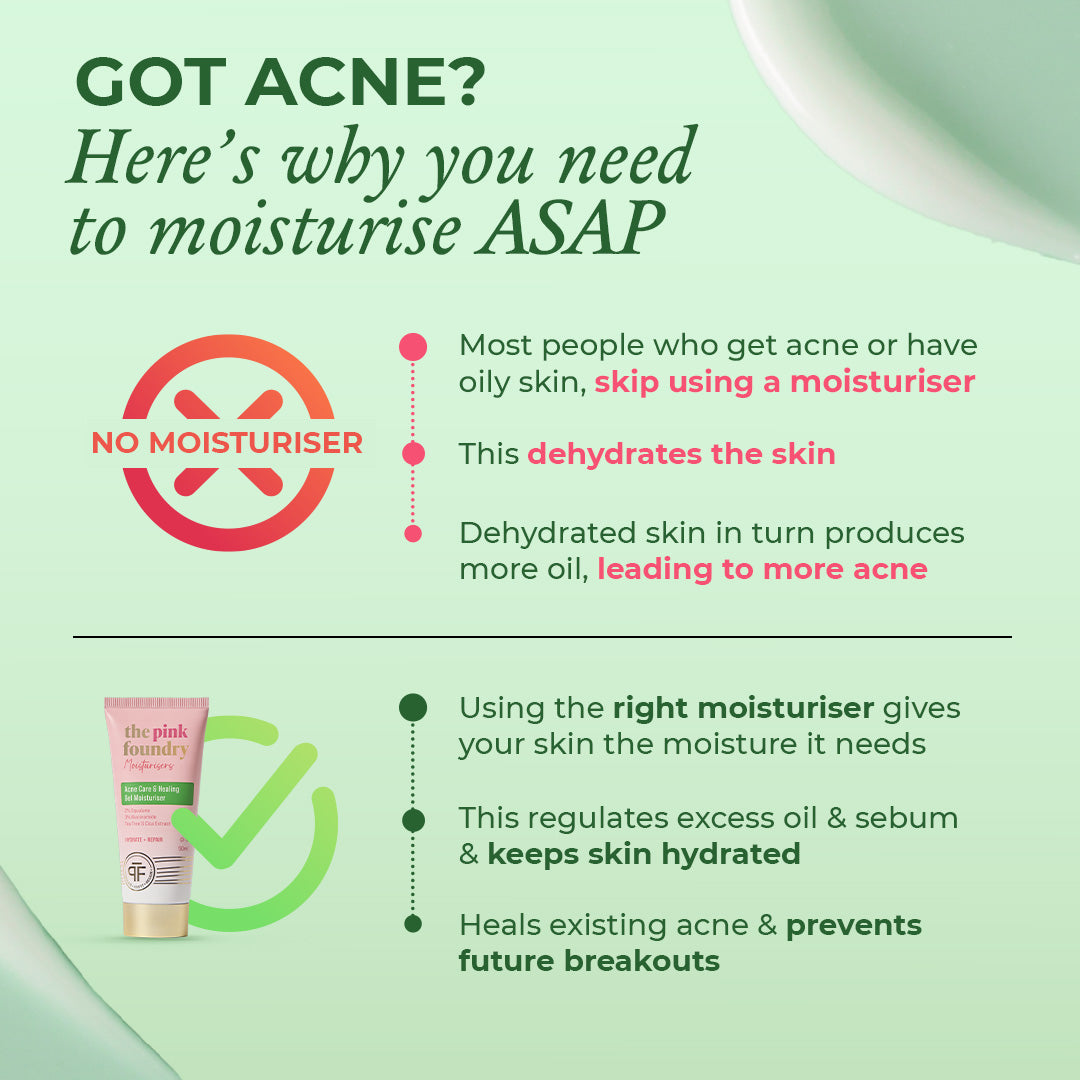
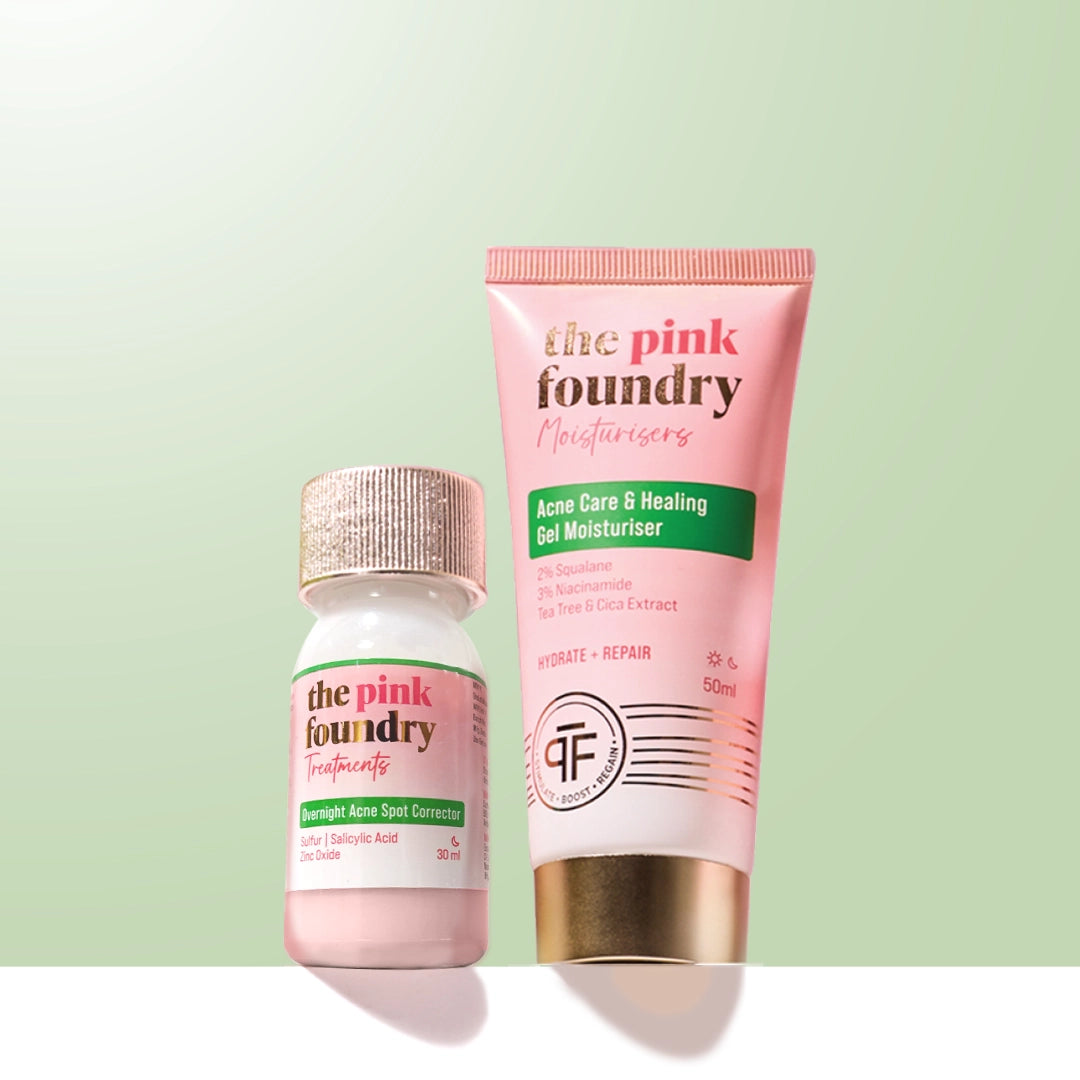
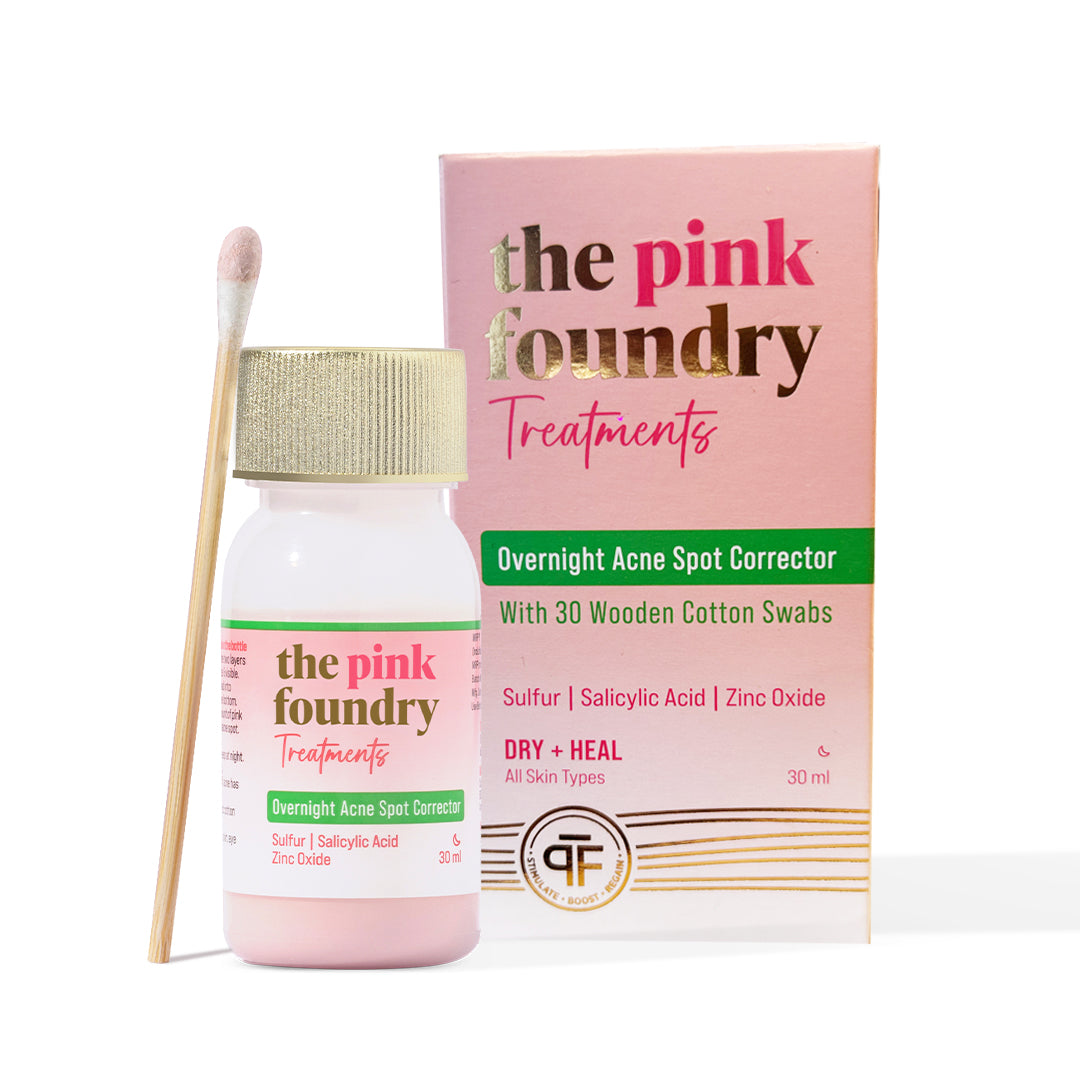
Leave a comment
This site is protected by hCaptcha and the hCaptcha Privacy Policy and Terms of Service apply.